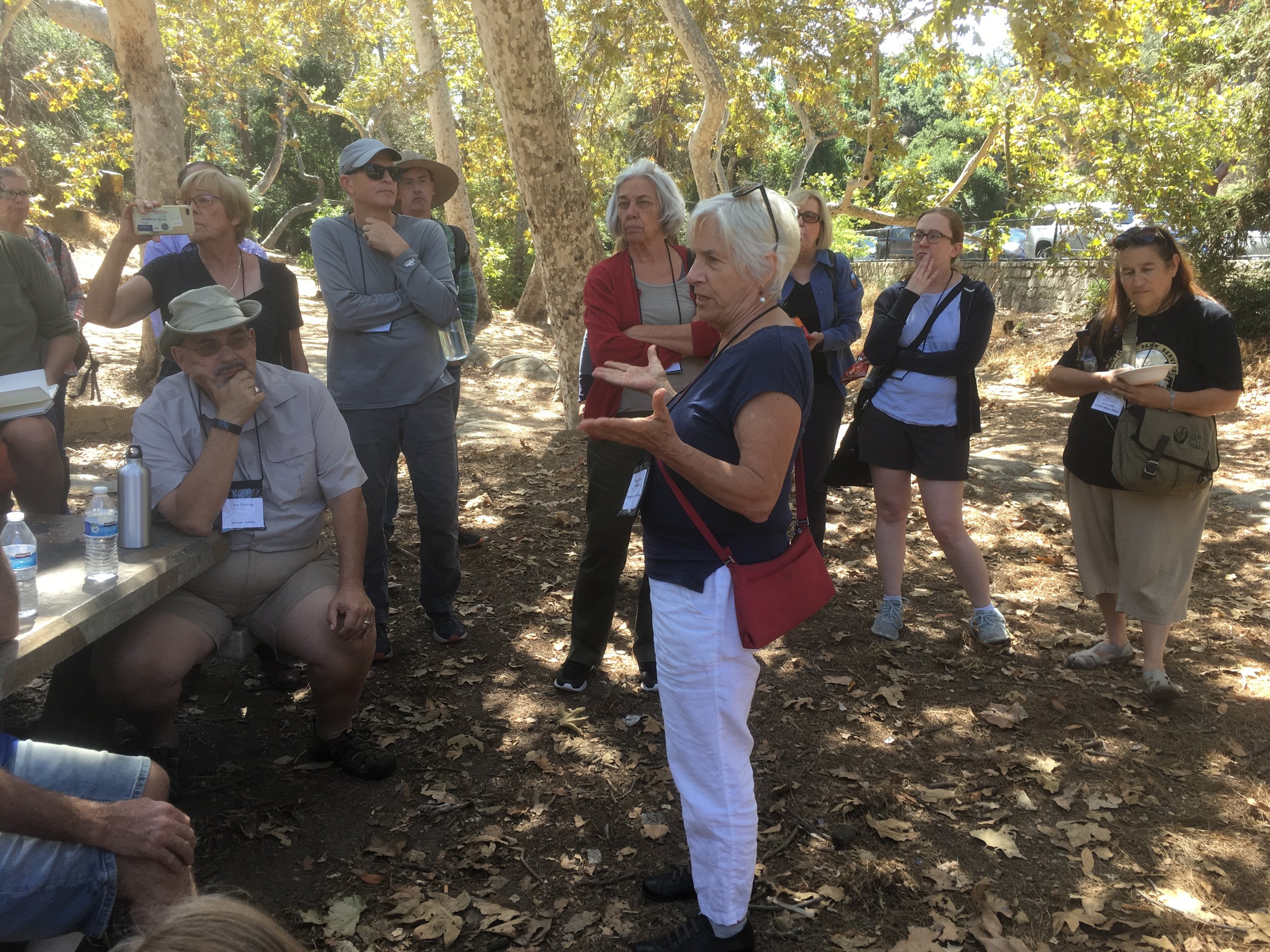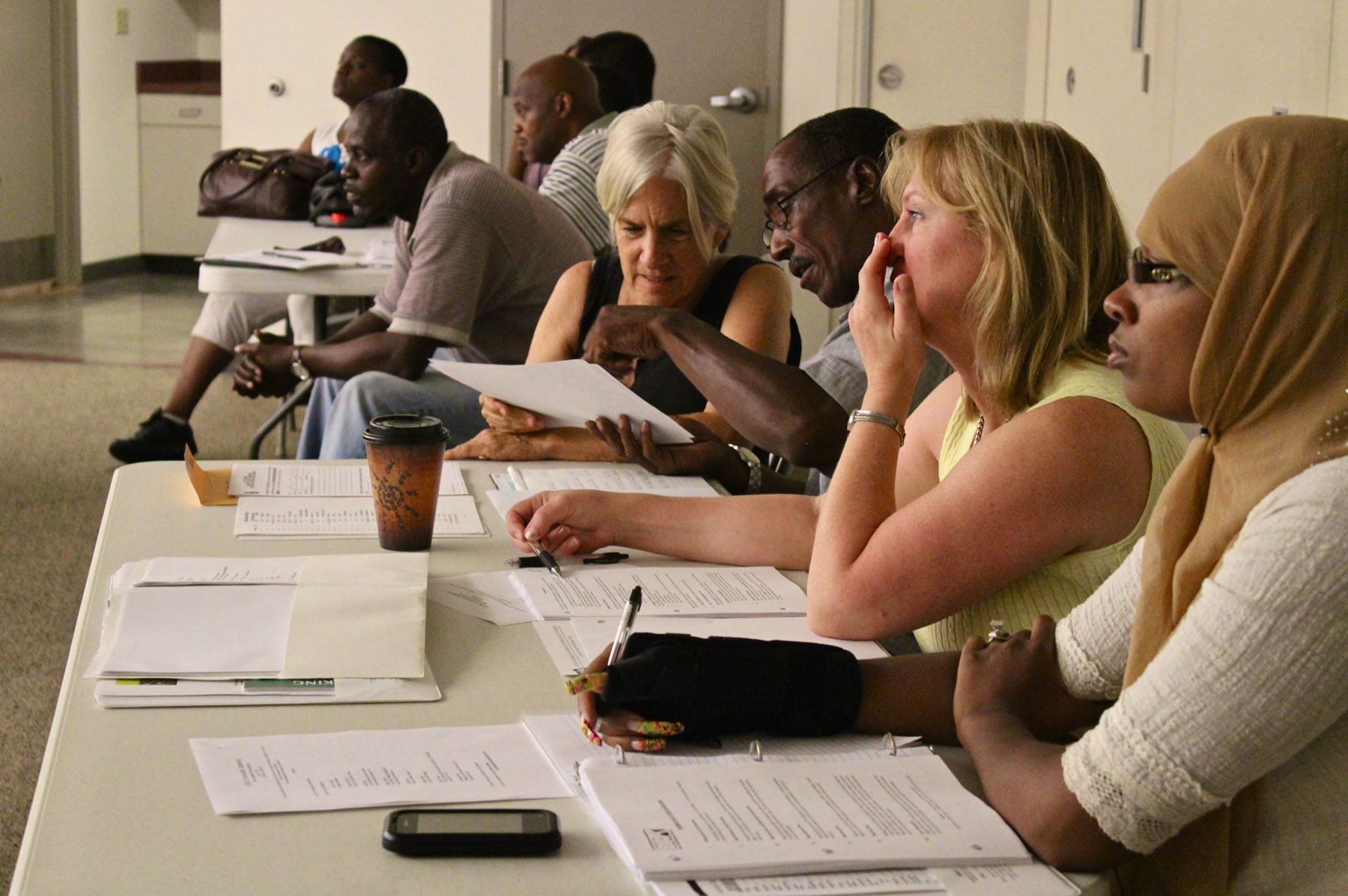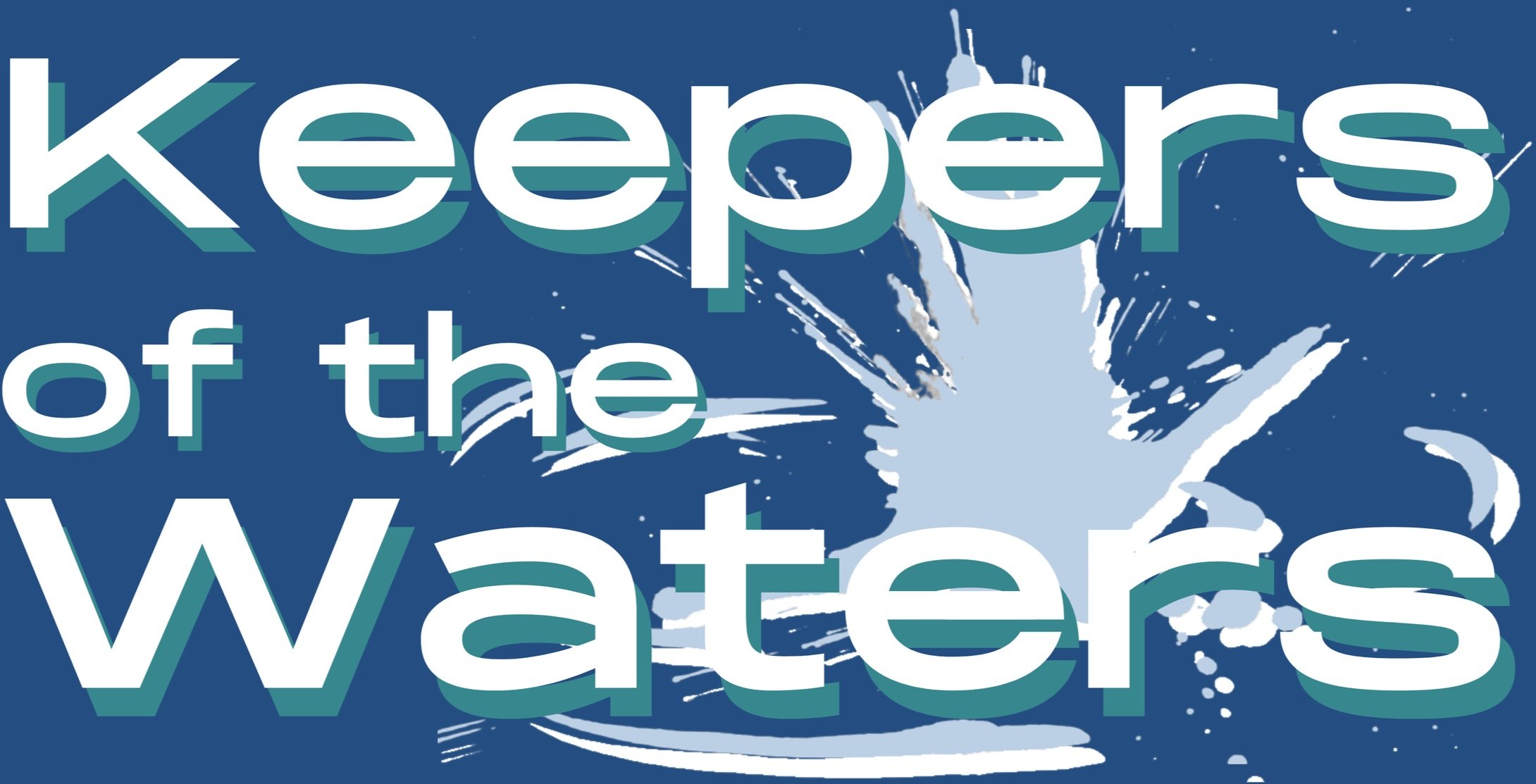Photos





Video
Audio
Books as Resources
Abram, David (1996) The Spell of the Sensuous: Perception and Language in a More Than Human World. New York: Random House
Adamson, Joni, Mei Mei Evans, & Rachel Sten, eds. (2002) The Environmental Justice Reader politics, poetics, and pedagogy. University of Arizona Press
Agamben, Giorgio (2004) The Open – Man and Animal. Stanford: Stanford University Press
Barry, Joyce. “Mountaineers Are Always Free?: An Examination of Mountaintop Removal Mining in West Virginia.” in “Women’s Studies Quarterly” special edition called “EarthWorks,” Summer 2001
Berleant, Arnold, ed. (2002) Environment and the Arts. Burlington: Ashgate
Brady, Emily. (2003) Aesthetics of the Natural Environment. Tuscaloosa: University of Alabama Press
Brown, Charles and Toadvine, Ted, eds (2003) Eco-Phenomenology: Back to the Earth Itself. Albany, NY: SUNY Press
Brown, Lester; EcoCities
Bullard, Robert D. Dumping in “Dixie”: race, class, and environmental quality.
Bullard, Robert D. Confronting Environmental Racism: voices from the grassroots.
Carty, Linda, Ms Magazine, Spring 2007, “The Dirty Saga of Onondaga County” http://www.msmagazine.com/spring2007/thedirtysaga.asp
Casey, Edward S. (1993) Getting Back Into Place: Toward a Renewed Understanding of the Place-World. Bloomington & Indianapolis: Indiana University Press
Christopher Alexander, et al; A Pattern Language: towns, buildings, construction
Coats, Callum Living Energies: Exposition of Concepts Viktor Schauberger
Code, Lorraine. (2006 Ecological Thinking: The Politics of E;istemic Location. Oxford University Press
Colborn, Theo, Dimanoski, Dianne, and Myers, John Peterson; Our Stolen Future: Are we threatening our fertility, intelligence and survival? A scientific detective story
Dreiseitl, Ateleier; Waterscapes: Planning, building and designing with water
“Ecological Economics” special issue on feminism and ecology, published in 1997 (volume 20).
Egan, Dave and Abrams, Jesse, Editors: The Human Dimensions of Ecological Restoration
Evernden, Neil (1985) The Natural Alien. Toronto: University of Toronto Press
Foltz, Bruce and Frodeman, Robert, eds. (2004) Rethinking Nature: Essays in Environmental Philosophy. Bloomington: Indiana University Press
FotoFest Water 2004. Tenth international Biennial on Photography and Photo Related Art. Catalogue Fotofest, Houston TX 2004 www.fotofest.org
Goodall, Jane; Reasons for Hope and Harvest of Hope
Harvey, Graham (2006) Animism: Respecting the Living World. New York: Columbia University Press
Ingold, Tim. (2002) The Perception of the Environment – Essays in Dwelling, Livelihood and Skill. London: Routledge
Kemal, Salim and Gaskell, Ivan, eds. (1995) Landscape, Natural Beauty and the Arts. Cambridge: Cambridge University Press
LaDuke, Winona (1999) All Our Relations: Native Struggles for Land and Life. South End Press
Light, Andrew and Rolston III, Holmes, eds. (2003) Environmental Ethics. Massachusetts: Blackwell Publishers
Marks, William; Voices of Water
Mazis, Glen. (2002) Earthbodies – Rediscovering our Planetary Senses. New York: SUNY Press
McKibben, Bill; Deep Economy (the wealth of communities and the durable future)
Merchant, Carolyn. (1980) The Death of Nature: Women, Ecology and the Scientific Revolution. San Francisco: Harper Collins
Milton, Kay (2002) Loving Nature: Toward an Ecology of Emotion. London: Routledge
Pollan, Michael; The Botony of Desire, The Omnivores Dilemma and In Defense of Food: An Eater's Manifesto
Pratt, Vernon, Howarth, Jane and Brady, Emily. (2000) Environment and Philosophy (Routledge introductions to environment series). London: Routledge
Roszak, Theodore, Gomes, Mary, and Kanner, Allen D. (1995) Ecopsychology: Restoring the Earth, Healing the Mind. San Francisco: Sierra Club Books
Schwenk, Theodor (1965) Sensitive Chaos: The Creation of Flowing Forms in Water and Air. East Sussex: Rudolf Steiner Press
Schwenk, W. (ed.): The Hidden Qualities of Water.
Edinburgh 2007Schwenk, W.: To People of the World. W.E. Marks (ed.): Water Voices from Around the World, p. 168-169. Edgartown, MA 2007.
Schwenk, W.: Water as an Open System. H. Dreiseitl et al. (eds.): Waterscapes - planning, building and designing with water, p. 106-107. Basel & Boston 2001
Schwenk, W.: The Mobility of Water as an Aspect of Quality and its Visualization by Means of the Drop Picture Method. Kozisek F. (ed.): Living Water 95, p. 85-95 & 21-27. Prague 1995.
Schwenk, T. & W. Schwenk: Water, the Element of Life. Hudson NY 1990.
Shiva, Vandana: Water Wars. South End Press, 2002.
Smith, Mick. An Ethics of Place: radical ecology, postmodernity and social theory. (2001) Albany: State University of New York Press
Wilkens, A., J. Jacobi & W. Schwenk: Understanding Water (2nd edition 2005) with out 300 photos and drawings.
Zimmerman, Michael, ed. (2005 edition) Environmental Philosophy: From Animal Rights to Radical Ecology. Upper Saddle River, NJ: Pearson Prentice Hall (a classic on Environmental Ethics)
Betsy's Writing
A Memory of Living Water by Betsy Damon, to be published in 2021
Public Art Visions and Possibilities: Views from a Practicing Artist, a chapter by Betsy Damon in Routledge Companion to Art in the Public Realm, to be published in 2020
25 Years on Water by Betsy Damon, published in Women Eco Artists Dialog
Privatizing the Right to Life, an op-ed against the privatization of water around the globe
Revealing Water, which covers Betsy’s eight principles of water and includes illustrations. Published in Public Art Dialogue in 2020

